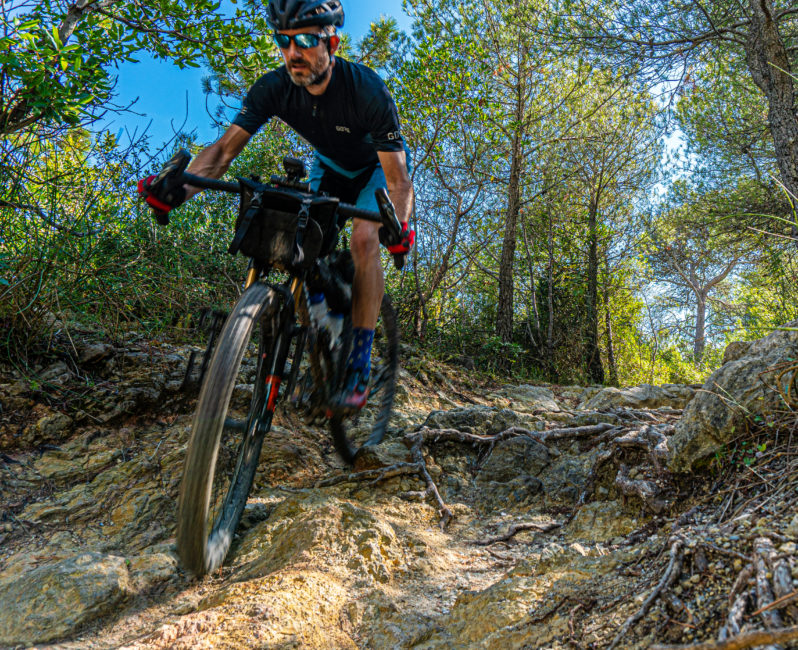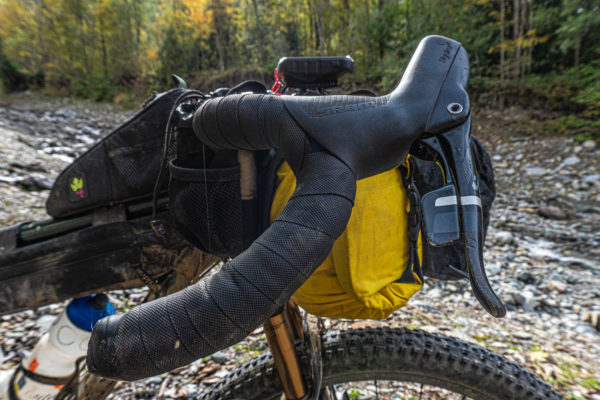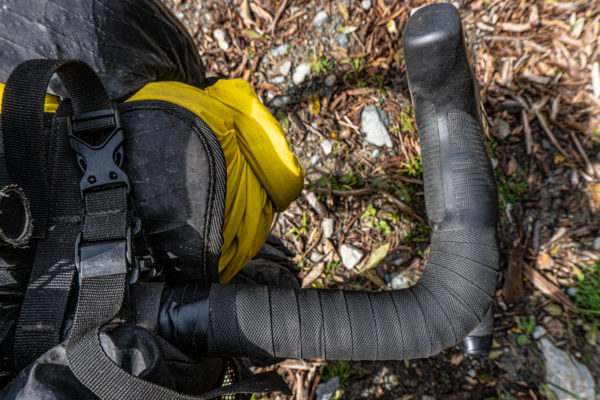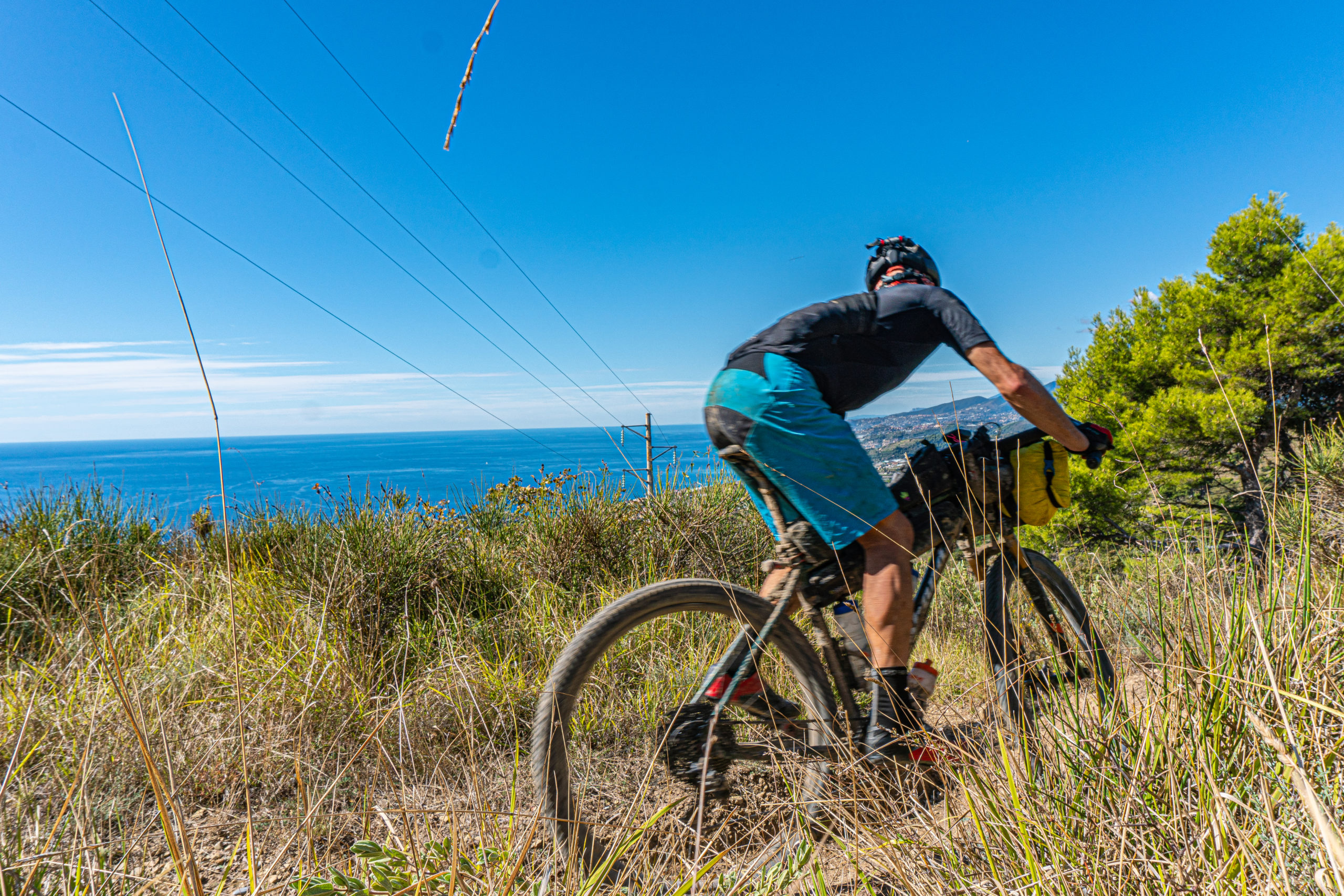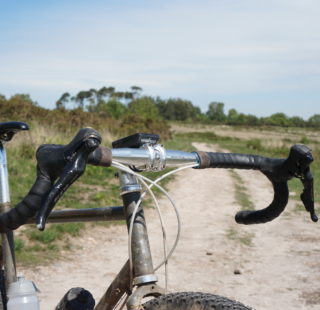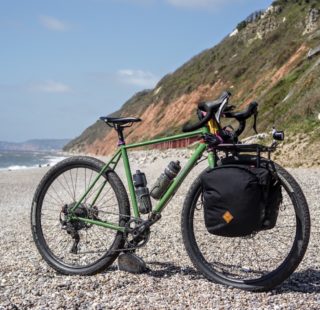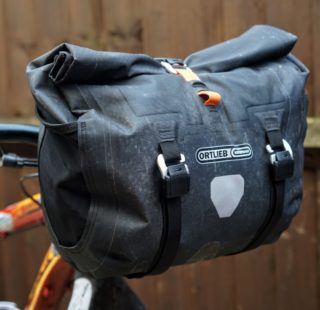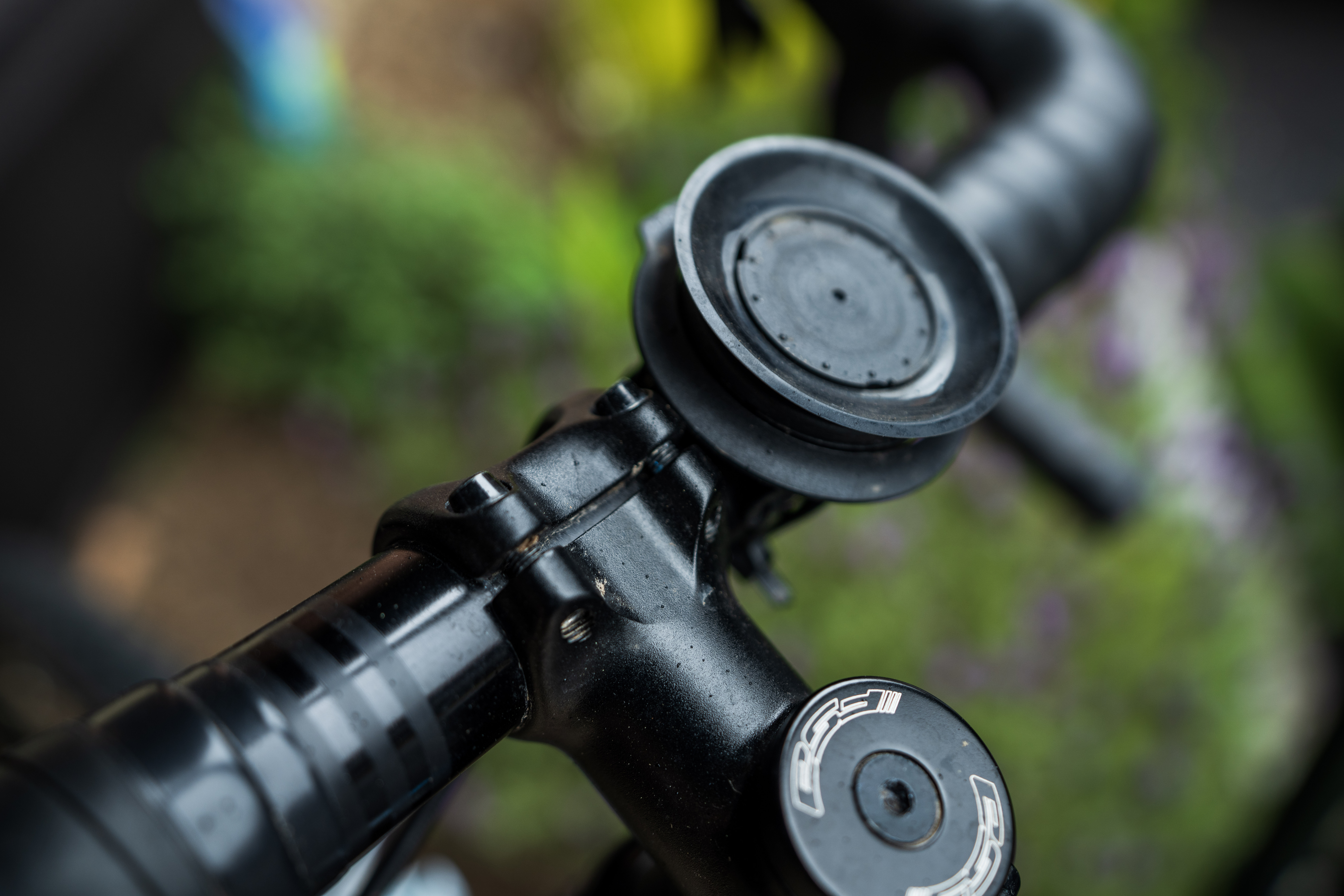Super wide bars seem to be in vogue in gravel and bikepacking right now, but do they actually work? Who better to put some to the test than bikefitter, physio and bikepacker Scotty Cornish.
Finding the correct size drop bar for a road bike has always been straight forward. Measure the distance between the acromial arches (the bony protrusions on the anterior shoulder) and that is your centre to centre bar width. Following the evolution of gravel and adventure bike geometry, the choice of drop bar shape and width is expanding, with width and degree of flare being the most significant differences. With flare and greater widths available, there is no clear way of figuring out which size is the most suitable. Just like saddles, fit is so personal depending on numerous factors.
Curve Cycling, based out of Melbourne, Australia, couldn’t find a drop bar which suited their adventurous needs and complemented their bikes, so they designed their own, creating something pretty radical by current standards; the Walmer drop bar.
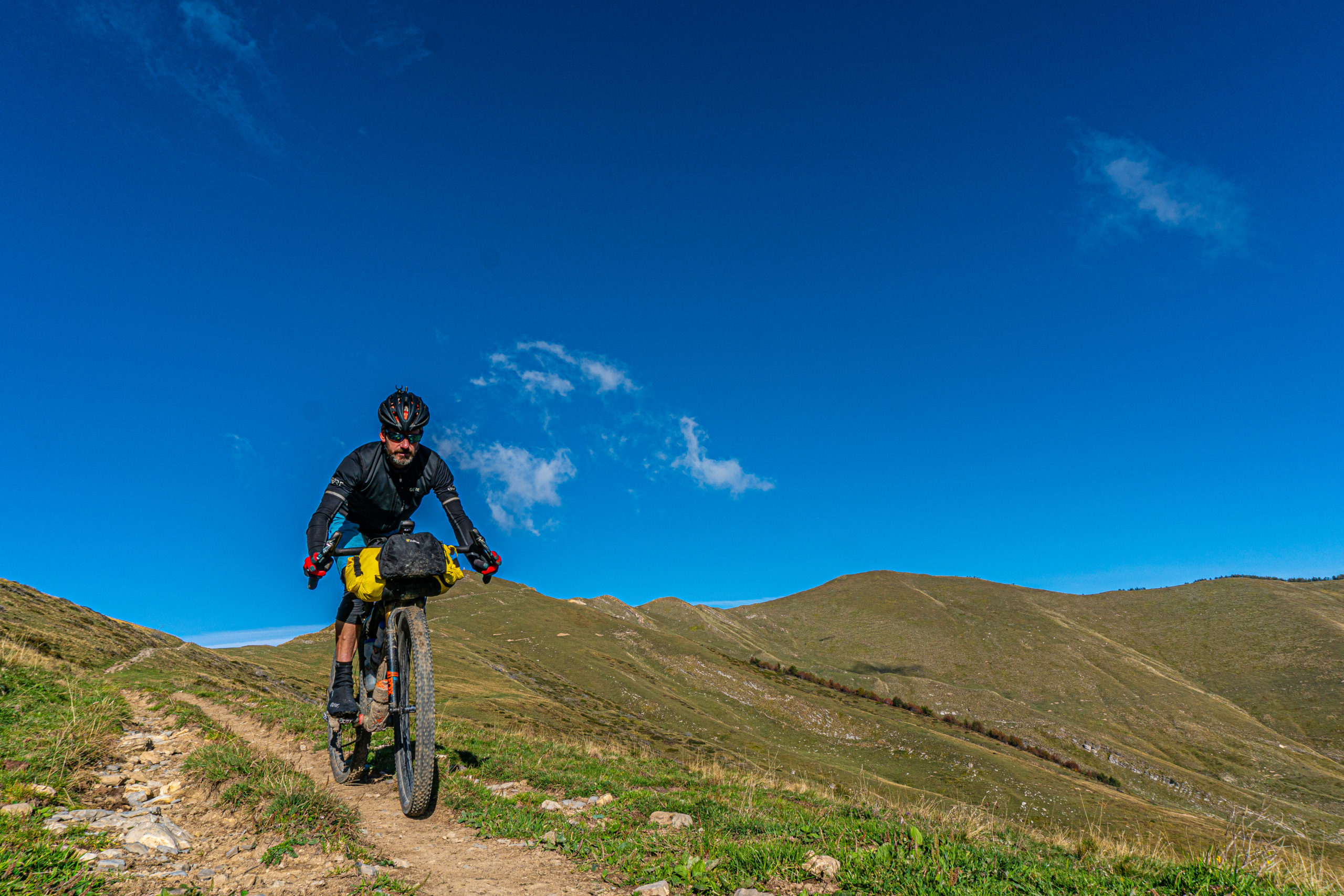
Scotty has been putting the super wide 55cm Curve Walmer bars to the test, riding from his home in Chamonix. Photo: Scotty Cornish
Getting to know the Walmer drop bar
The Walmer bar is wide, with 460mm being the narrowest! Choose between four widths; 460mm, 500mm, 550mm and 600mm measured at the hoods. These are already wide, but factor in their 29 degree flare, and things get really wide at the drops; 610mm, 650mm, 700mm and 750mm respectively.
Old enough to remember the days when 720mm felt radically wide on an XC MTB? These are no doubt evoking similar scepticism… When numerous gravel bikes are approaching MTB geometry and 29er adventure drop bar bikes are based around MTB numbers, a wider drop bar seems to make sense, surely?
Curve suggest using the 460mm for adventure road biking, either the 460mm and 500mm for gravel adventures and the two widest (550, 600 mm) for 29er drop bar bikes. It’s not only the width that is completely different, but the entirety of the bar’s geometry, so that they don’t significantly throw out the reach and handling of the bike. Bar reach is comparatively short at 60mm, and the tops incorporate a wrist-friendly back sweep of 7 degrees, reducing the actual reach of the hoods further. This means that the additional effective reach from being wider is kept partially in check. A neck friendly 110mm drop rounds off the bar.
[Editor’s note: Check the geometry compared to your existing bars using this tool: https://whatbars.com/]
Walmer 550mm in action
The Walmer bars have replaced a 480mm width bar, 564mm at the drops. The usual rule of thumb is reducing stem length by 10mm for every 20mm in bar width, and the in situ stem was 80mm. Due to the bar’s short reach and added back sweep, I ended up with a stem only 10mm shorter and didn’t alter the bar height. Trying a 60mm just didn’t feel right, and it is only a rule of thumb after all.
Just so you don’t have to search for suitable bar tape, each Walmer bar thoughtfully comes supplied with extra long bar tape and bar plugs. If you’re someone who likes to double up for comfort, the tape is also available separately from Curve Cycling. The down bend is such that when the hoods are set level so that there is no difference in height from the tops to the hoods, there is a hand friendly, subtle, negative drop at the bar ends. They also extend back far enough to effectively add a fourth hand position for when you don’t have to cover the brake levers, which I found ideal for long flat sections or steady climbs.
A good two months of riding on a pair of the 550mm bars across trail riding and off road bikepacking has given me a solid feel for the Walmers, as well as, most importantly, adapting to the change in position. The bars have been mounted to a Shand drop bar Bahookie, a 29er adventure bike for the roughest terrain, based around modern MTB geometry and WTB 29×2.4″ Ranger tyres. Forks have been swapped between Shand’s carbon rigid fork and a suspension fork depending on the terrain.
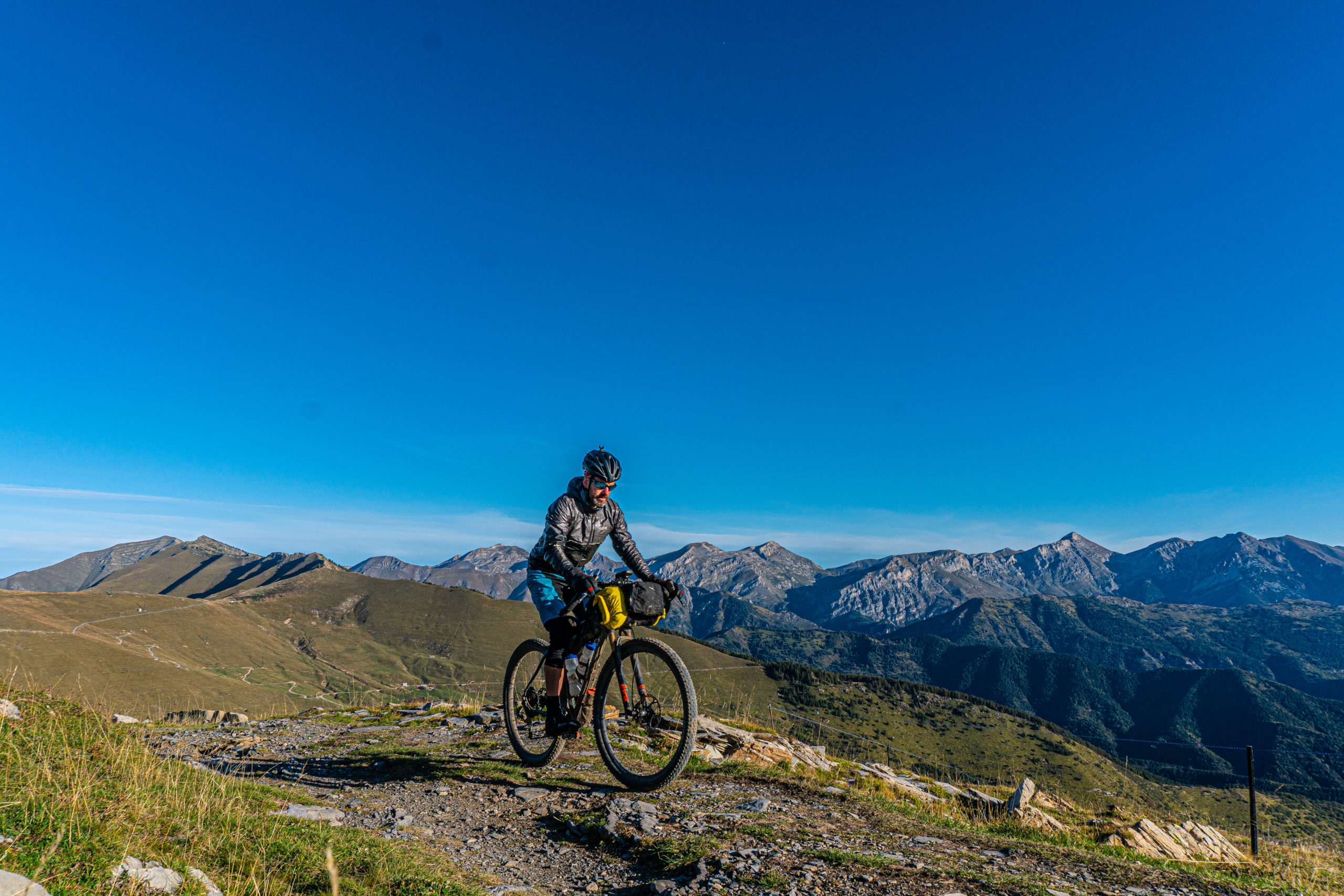
Scotty alternated between a rigid and suspension fork on his 29er Shand Bahookie depending on the terrain. Photo: Scotty Cornish
Choosing the drop bar version of the Bahookie was mainly due to having fractured both bones in the left wrist. With the radius having been displaced backwards damaging ligaments, long distance riding on flat bars became painful after a couple of days. With their shape and width, the Walmer bar seemed like a perfect fit for the Bahookie, not just for the bike’s geometry and purpose, but also ergonomically for my wrists.
Admittedly, the first couple of rides were a little awkward, the bars feeling completely alien, which was expected of course. It wasn’t simply about adapting to weighting the bike differently, but also the physical adaptation of the musculature around the shoulders, which would take time. Even though the 110mm drop was the same as the outgoing bars, the increased flare meant that I was effectively marginally lower when moving from the hoods to the drops due to the width difference of 75mm each end compared to the previous 42mm. The new drop position did initially create some tension in the musculature between the shoulder blades, but this was also no surprise as the upper body was now in a new position yet placing the same demands on it as previously.
This was my personal experience however, and may differ for everyone else. As I explain to bike fit clients, where there is a significant alteration in their position and/or posture, new muscular tensions are likely to be experienced which may be quite strong on the initial rides. Heeding my own advice, rides became incrementally longer over varying terrain as I adapted to the position. It’s a bit like doing press ups, going from your usual hand stance to a much wider one. It can feel odd and weak initially, but the strength adaptations happen quickly. The tension felt gradually disappeared over a matter of two to three weeks, the drop position becoming both normal and strong, becoming fully confident on technical, off road descents.
Descending was also a little slower initially, cautiously adapting to the new handling having over weighted the bars on a couple of occasions. It was definitely a combination of dialling in the right stem length and height and adapted strength in the shoulders before starting to tackle the more technical terrain I had previously been riding. Not only were the bars beneficial on descents, but also on the climbs. On the more demanding sections, having that extra width meant improved traction and control, even riding on the tops more often on rough fire road climbs.
Positives for bikepacking
The extra width is certainly more practical for bikepacking too when using a handlebar set up. With a 13L dry bag or larger, there’s no catching the ends of the bag on the brake levers or hands, and there’s space left to ride on the tops. Personally, the Walmers have resolved the issues I was having with the wrist on flat bars for bikepacking. The more exaggerated flare places my hands and shoulders in a more natural position, eliminating any discomfort.
Visually, the Walmers are a bit marmite to many, attracting double takes from passing road and gravel bike riders, as well as mountain bikers out on the trails. The MTB riders around the trails of Finale Ligure didn’t know what to make of someone riding the (more tame XC) trails on a drop bar bike! Having become fully adapted to the Walmer, descending technical terrain in the drops feels completely normal, both loaded or unloaded, urging the temptation to try new trails.
The verdict
The Curve Walmer bar was certainly a leap of faith, but given Curve Cycling’s founders’ extensive experience in adventure cycling, I was confident that the bars would compliment the Shand Bahookie well. Their width did take some getting used to, physically as well as visually, but once adapted, I was riding even more technical terrain both loaded and unloaded. Their width may be a contentious issue for some, but just like the introduction of wider XC MTB bars, the proof is in the riding. Clearly a lot of thought has gone into their design and personally the Walmer has been a positive addition to the Shand Bahookie, hitting a sweet spot in terms of comfort, control and ride experience for cycling adventures.
Last modified: 6th October 2020
